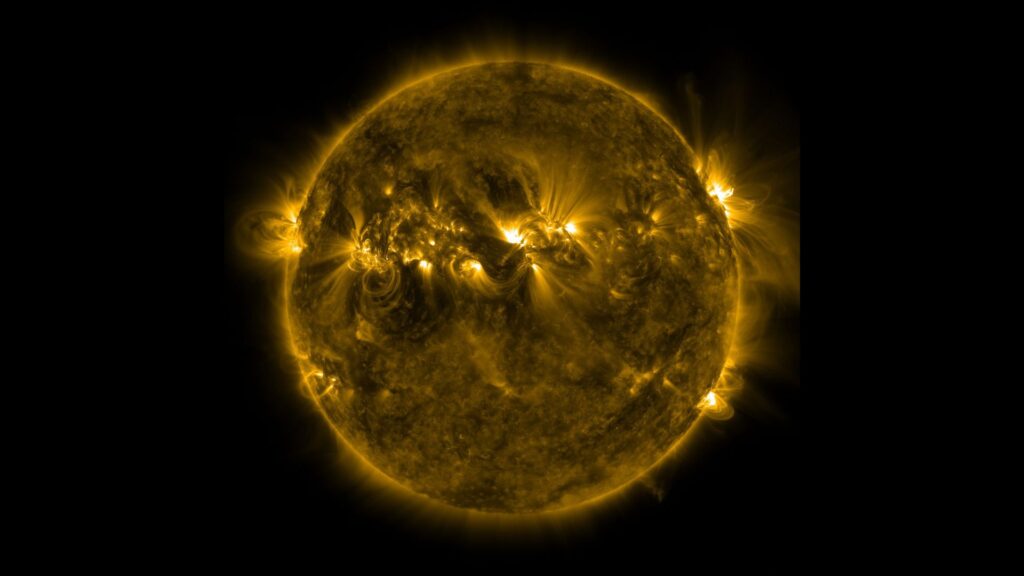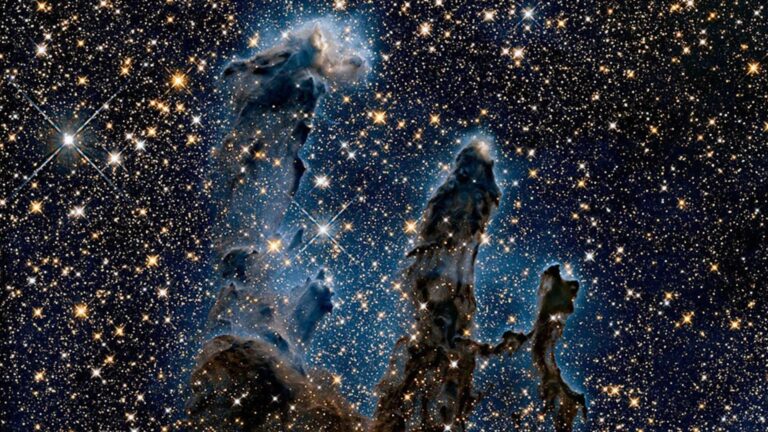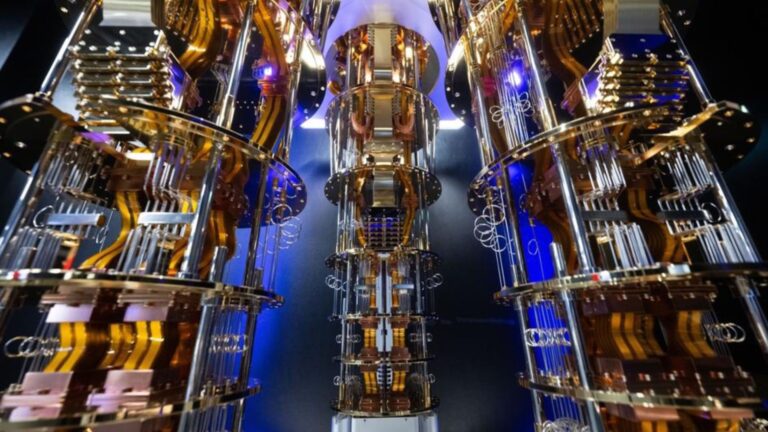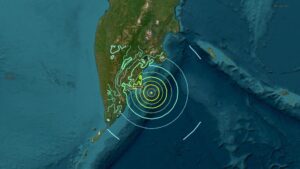
NASA/Goddard Space Flight Center Scientific Visualization Studio, the SDO Science Team, and the Virtual Solar Observatory.
Research teams at the University of California, Santa Cruz, have produced the first fully self-consistent models of the Sun’s tachocline—the ultra-thin boundary layer between the radiative interior and the differentially rotating convection zone—using NASA’s Pleiades supercomputer. Postdoctoral researcher Loren Matilsky and colleagues ran “hero” simulations over 15 months, totaling tens of millions of compute hours, which revealed that radiative spreading rather than viscous processes governs tachocline dynamics (UC Santa Cruz).
Nicholas Brummell, professor of applied mathematics and Matilsky’s mentor, explained that the team deliberately minimized artificial viscosity in their models to allow the more realistic radiative physics to dominate. The simulations spontaneously formed a tachocline without explicit programming, indicating the models captured the essential physics controlling this critical solar region.
Implications for Space Weather Prediction
Understanding the tachocline is vital for forecasting space weather events driven by the Sun’s magnetic dynamo, which can disrupt satellites and power grids on Earth. Improved modeling of the tachocline may enhance NASA’s AI-based storm prediction tools, which currently forecast satellite-disruptive events up to 24 hours in advance (Cybernews). Enhanced foresight could extend warning times and improve mitigation strategies for geomagnetic storms classified G2 to G3 by NOAA’s Space Weather Prediction Center.
Recent alerts for moderate to strong storms underscore the urgency of this work. As Matilsky noted, a deeper grasp of interior solar flows promises not only better space weather forecasts but also insights into how the Sun’s magnetic field self-organizes and drives extreme events that pose technological risks.
Broader Scientific Impact
The breakthrough suggests a bidirectional relationship between the tachocline and the solar dynamo: the tachocline shapes magnetic field generation, while the dynamo’s magnetic stresses may, in turn, sustain the tachocline. This insight challenges longstanding assumptions about stellar magnetism and may apply to other stars with similar interior structures.
Conducted under NASA’s COFFIES DRIVE Science Center, the research highlights how detailed solar models can inform our understanding of magnetic phenomena across the universe. As Matilsky explained, “The Sun is just one star,” and unraveling its inner workings could illuminate magnetic cycles and habitability conditions on distant exoplanets (UC Santa Cruz).












